Release the Birds
It’s a bitter sweet day. The quail project we conceived in the spring (Part 1) is winding down as the leaves begin descending and first frosts are painting the pasture. We’ve gotten attached to these birds, invested in their condition, entertained by their antics. We’re just a few zip ties away from that being gone.
Our Bobwhite are 17 weeks old, fully grown for the most part and well fed. A good comparison point; quail released on shooting preserves or used for field trials are often 12-15 weeks old. Our birds look big, bigger than most wild Bobs I’ve shot. Their caretaker (my dad) has seen to it that they have not been lacking.
Only two of the original 35 chicks were lost to a farm cat that found a weakness in our pen very early on which we quickly rectified. The hope is that they’ve imprinted on the area by now, recognize the cover and benefits of the food plot and have been exposed to enough attempted yet unsuccessful predation that they still know danger.
The birds still act cagey as we prepare to loose them, diving to the remaining cover in the pen which has been well trampled after three months of captivity. The female birds appear more wild than the males who number 10-11. It’s tough to get a truly accurate breakdown because they scatter so quickly.
Our ideas of micro-conservation are still evolving. Trial by fire. Our plan has received best wishes and scoffing alike. Biologist friends have doomed our ambitions as folly. They are the experts, we’re the underdogs. So be it. The experts have made little to no progress in Bobwhite restoration efforts in over four decades. Could it possibly be time to start thinking differently?
Regardless the outcome, whether our birds run the gauntlet of winter and predation to spring, let’s go over the facts of what has already been accomplished:
• We returned an area of yard, useless fescue, to wildlife habitat and lessened the amount of mowing and upkeep required.
• We tried out a seed mix to see how it would perform with minimal equipment, hand seeding and no supplemental fertilizer. The cover and food resulting from this effort have been fairly impressive, but the hand seeding was a bit thick and caused most of the sunflower to get choked out. We may look at additional mixes and are interested to see what happens to the plot in winter and spring.
• We tested an inexpensive pen of our own design to see if it could allow birds to feed from the ground, keep birds safe and predators at bay with mixed results. We’ll likely make adjustments to our design, but it was a good starting point.
• We used multiple food sources, learning what the birds liked most and weaning them without mishap from game bird meal to seeds and worms which they will need to find in order to survive on their own. Dried meal worms seem to be the biggest winner, followed by a seed mix that contained thistle. We also learned these little birds eat a lot, way more than we expected.
• We’ve gotten friends and young people (grandchildren, nieces, nephews) who have never seen a quail before interested in the species and invested in their survival. They would likely otherwise never see a Bobwhite in Ohio in their lifetime.
• Most importantly, we started a debate about upland conservation. And more of these conversations are needed.
We refuse to be told our efforts are in vain because we have facts that tell us otherwise. Our small group of birds may not survive, but our resolve certainly will. We will continue to explore micro-conservation because it seems the only true, long-term path forward.
Good luck little Bobwhite. Hope to see you soon.

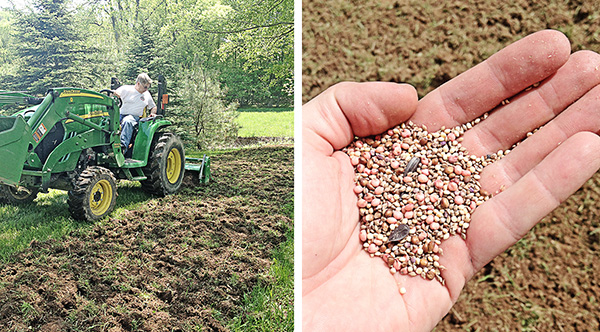
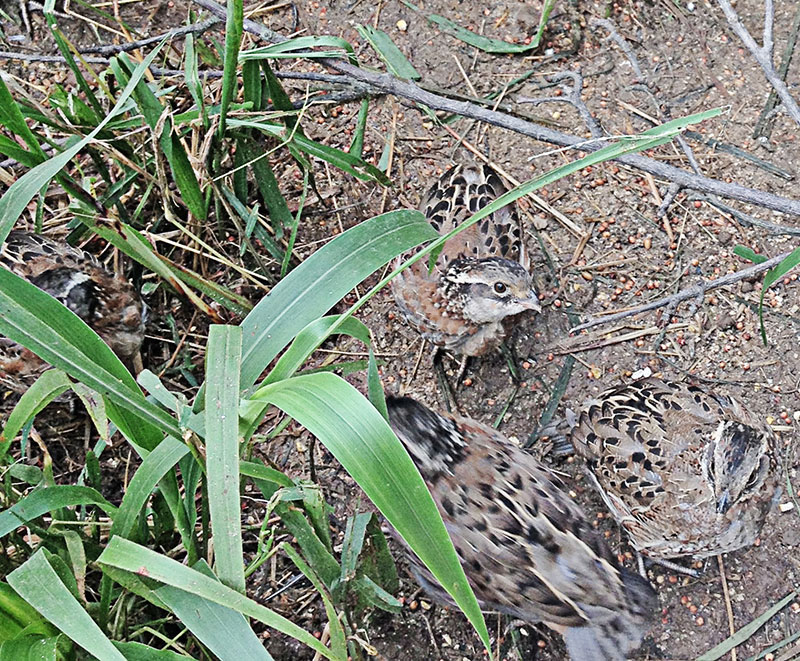
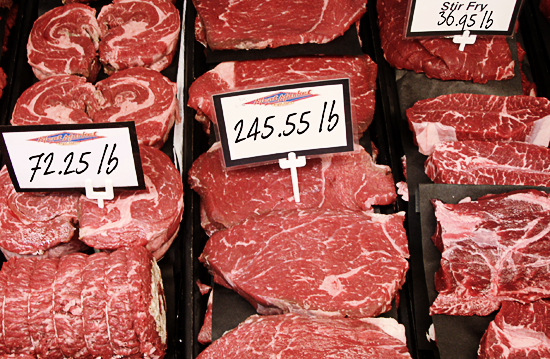
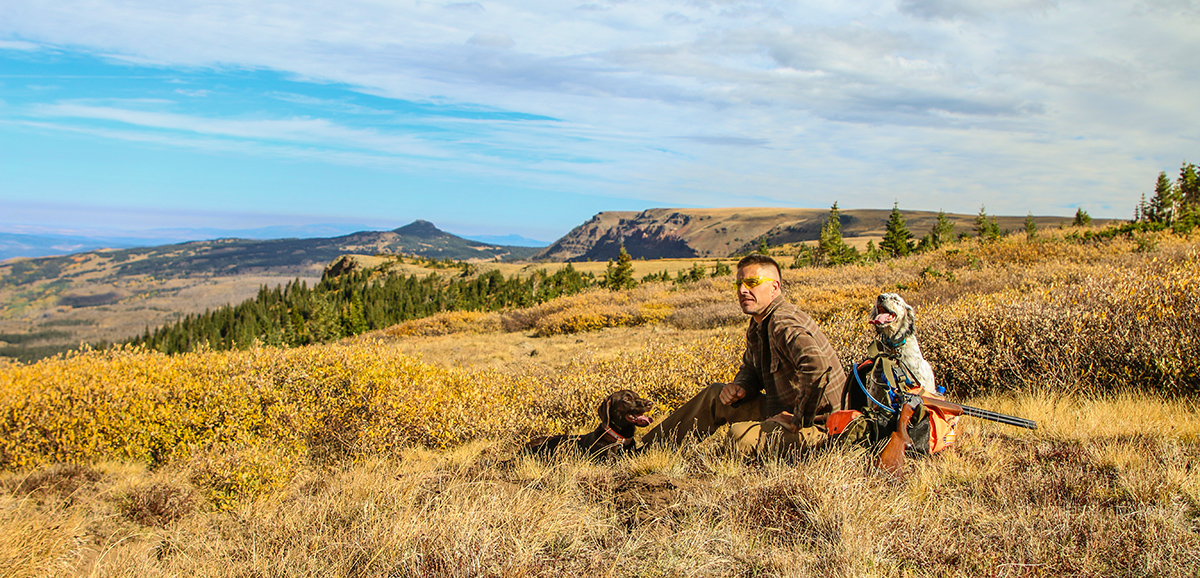
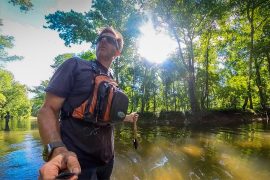
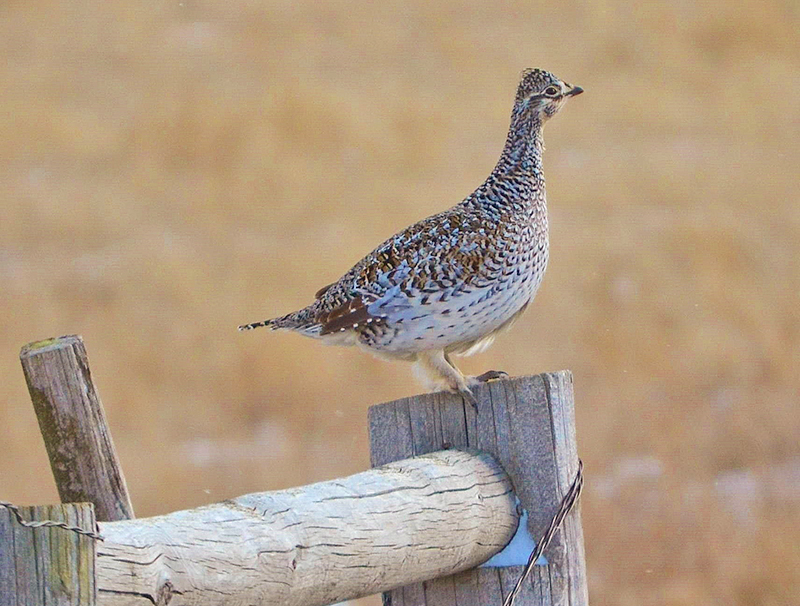
Very awesome and courageous. Lets hope your experiment is not only successful, but copied multiple times around the country. When the private citizen decides to get involved and takes responsibility to manage wildlife, there will of necessity be a greater appreciation for the results and a lasting sense of ownership.
I missed part 3. Went and looked for it and found parts 1 & 2 but not 3.
Thanks for following Bob….White…. ? Here’s 3
http://www.ultimateuplandnews.com/backyard-bobwhite-part-3/
What ever happened with this experiment? No updates after almost 2 years. Would have loved to have known the outcome, good or bad.
Thanks for the follow up. We’ve done some updating on social platforms, but sometimes forget that everyone isn’t watching all our channels. We determined that the quail survived a very tough winter that year. So we doubled down last summer and increased our bird count to 100 and increased the pen size substantially. Raised the birds very much the same way, pseudo-wild. You can see the release video here.
Again, we know our birds survived the winter because neighbors have seen them, heard them and even have photos of them this spring. I’ve been to our release sites multiple times over the summer to listen for birds and have had success. We know these are our birds because there hasn’t been a truly wild quail in the area in generations and we’re the only ones raising birds in the area.
The next barrier we need to clear is whether pen-raised birds can successfully nest. There is not much research or data. The studies that do exist suggest a lower percentage of successful nesting. That being said, we have elected to not raise/ release more birds this season in the hopes of having additional sightings and contacts with quail this fall. Again, neighbors have reported both seeing groups and hearing birds as recent as a couple of weeks ago. Groups of quail at this stage would suggest family coveys, so needless to say we have high hopes.
I was down to the area yesterday, did not hear the birds but cover in the area looked very good. If we have bird sightings this fall and hopefully into the winter it would suggest that nesting was successful. Then it just becomes a numbers game – how many birds must be raised and released in an area to establish a self-sustaining population (as long as the habitat continues to be favorable).
Any news on what happened with this project? I was just proposing the same idea to my brother.
Thanks for the interest Nick.
We’ll be doing the next installment of this project this spring. What we’ve found is that over winter survival is not a problem. But we need high enough density in the area when spring arrives to have successful nesting. Studies have shown that pen-raised quail are less successful nesters.
Our birds were moving along a habitat corridor surrounding a local creek. They ended up traveling farther than we ever expected through this corridor.
There may be better ways to execute a release that will keep the birds more centrally located and increase the odds of them finding one another in the spring. But that may also allow predators to home in on an area as well.
This is really interesting and I will certainly be following along. Where did you get the birds? I read about article saying that the birds you could buy would not brood on their own. But it sounds like yours are at least sustaining. Any evidence of chicks?
We bought our birds at a local game birds operation. He raises them from day old chicks. Brooding is definitely the big question. There’s not much data out there. The info that exists suggests pen-raised are less successful nesters, and I would believe that. But less successful does not mean they are total failures. So we’ll try. Also, because our pen is pseudo-wild, our birds are a bit more aware.
We had a sighting of birds over the fall by a neighbor back the road. There’s not guarantee those are from our birds, but there are no wild populations anymore in the area. It would have been a whole year out from our release.
It would be nice to have a budget to radio tag birds and be able to follow. But we’re trying to find a solution that anyone can undertake on a small scale.
Love the site and am fascinated by your project. I’m considering a similar project in Kentucky.
I’ve read the 4 part series and am wondering where things stand as of summer 2019. Please publish an update. We’re all rooting for you!
Hi Brian,
Was wondering if you had an update on the bobwhite quail release project?
Currently building a couple Johnny houses to release/hunt quail.
Thanks,
-Connor
We learned a lot doing that release:
1) The birds travelled way farther than we expected – which spread them out pretty far for the relatively small numbers released.
2) They survived at least 2.5 years. Neighbors had pictures of our Bobs.
3) Raising them in this “pseudo-wild” fashion can help them survive when released. BUT it still doesn’t answer the question of successful nesting in spring. That’s still the biggest barrier. Most research shows less successful nesting of pen-raised birds — but there also isn’t much data.
My conclusion was in order to have a chance at a self-sustaining population, we would have to release way more birds, at least 3 years in a row. Given the mortality rates of 75%, this would give us the best chance for birds that were spreading out farther than expected to be able to find a mate come spring and a chance for nesting. If we had a bigger section of more dense cover, it may have lessened bird travel (but it also could have attracted more predators).
I’ve reached out to managers of multiple public land sections near where I live. They have the cover and acreage that I believe would prove this type of project successful. I have yet to hear back from them.